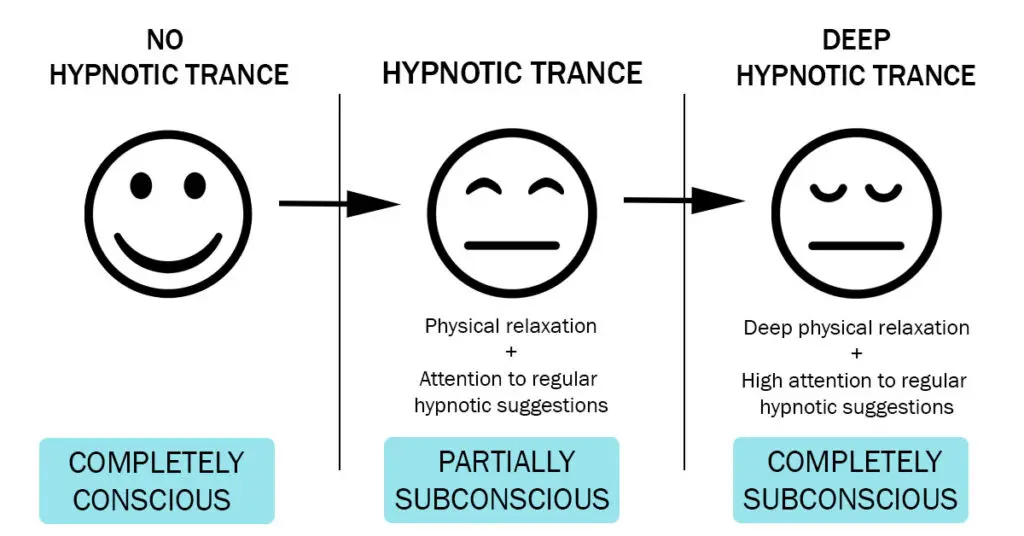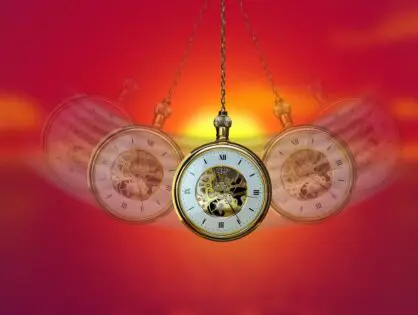Hypnosis is a sleep-like situation of a person in a hypnotic trance. The person does not aware of his or her surroundings and environment during the hypnotic trance. The word ‘hypnosis’ was first proposed by James Braid (1795-1860) and the practice of it dated back to Sir Franz Anton Mesmer (1734-1815). Mesmer experimented on his patients using a magnet and his method was known as ‘Animal Magnetism’. This process was also known as Mesemerisation.
The future of hypnosis was bright as the time was passed away because several theorists proposed their respective theories of hypnotism such as Hilgard’s Neo-Dissociation theory (1974), Socio-Cognitive Theory of Spanos (1986), Response Expectancy Theory (1985), Dissociative Controlled Theory (1994), Cold Control Theory of DienerPenner (2007), and many others. According to Hilgard’s Neo-dissociation theory, “Hypnotic phenomena are produced through dissociation of high-level control system”. Gruzelier’s Neurophysiological theory (1998) emphasizes on brain functions during the hypnotic trance. According to this theory, during attention to the words of a hypnotist, there is increased activity in the predominantly left-sided fronto-limbic brain region. During the mediating phase, there is a reduction in frontal activity, and finally, it sees an increase in right-handed temporo-posterior systems as the subject engages in passive imaging.

Since the mind is divided into three parts - conscious, sub-conscious, and unconscious, a person is brought into the subconscious mind during the hypnosis which is the mental state when a person is only aware of his or her stored knowledge. Although sleep is a different mental state in which we experience dreams that are not guided by someone, and we do not aware of anything at the moment. Whereas in a hypnotic state, a person is aware of a hypnotist’s voice or suggestions except for anything at the moment and the hypnotic state is completely guided by the hypnotist. Hypnotic trance is induced by increasing the relaxation, and the concentration of the client to a particular object while keeping him focused on the regular suggestions induced by a hypnotist. It is practiced without using persuasion and without giving rise to in a receptive person. For example, If I say to you, “you will now feel warm.” Now, you, as the client, will start feeling like warmth under the hypnotic sleep. However strong-willed and self-reliant persons are more or less susceptible to hypnotic suggestions and hypnotic treatments.
Children and girls are more susceptible to attend to hypnotic suggestions. Therefore, they are more likely to be hypnotized. Hypnosis can also be done by stimulation of sense organ, by sight by fixation to bright light, by focusing on a pendulum swing, and by hearing repletion on a regular suggestion made by the hypnotist. It has a clinical implication where it is used to treat mental or other medical illnesses. It can be used to treat, cure, eliminate or reduce some kind of illnesses such as stopping limiting behavior (as in smoking cessation), reducing anxiety, creating new skills of confidence, motivation, intuition, focus, and much more.
Attention under hypnosis is concentrated on hypnotist’s words and suggestions. The holding of the attention to the hypnotist’s suggestions along with complete relaxation is the basis of hypnosis. It entails the complete attention of the subject to the practitioner and his dissociation from everything else.
I hope you will find this information useful. Please feel free to contact us if you need any further information.
You May also like
CoVID-19, its psychosocial impacts, relation with tobacco uses, and possible prevention’s
Psychologist vs. Psychiatrist: What’s the Difference?
What’s your parenting style? Which One is Right?
Missing Tile Syndrome: Focus on what you have not what you don’t have
